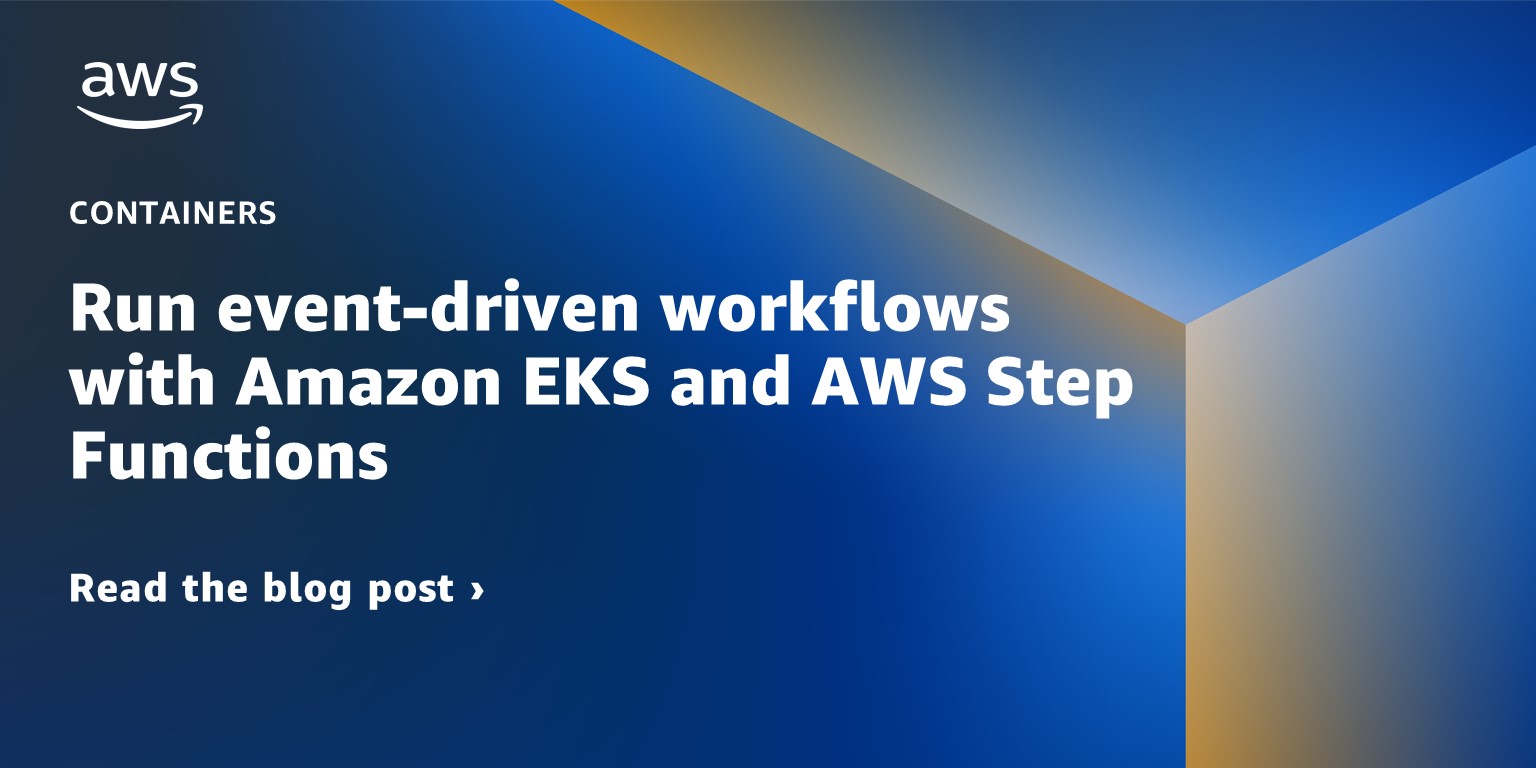Containers
Category: Technical How-to
Getting visibility into your Amazon EKS Cross-AZ pod to pod network bytes
Introduction Many customers use Amazon Elastic Kubernetes Service (Amazon EKS) to host their mission-critical applications. As a best practice, we ask our customers to spread their applications across multiple distinct availability zones (AZ). Because “everything fails all the time,” Werner Vogel, CTO, Amazon To achieve high availability, customers deploy Amazon EKS worker nodes (Amazon EC2 […]
Amazon EKS on AWS Outposts now supports local clusters
Introduction Since its release, Amazon Elastic Kubernetes Service (Amazon EKS) has made it easier to run Kubernetes and container applications reliably at scale. With Amazon EKS on AWS Outposts, you can simplify application delivery onto on-premises AWS Outposts infrastructure by using the same application programming interfaces (APIs), console, and tools you use to run Amazon […]
Scaling Amazon EKS and Cassandra Beyond 1,000 Nodes
This post was written in collaboration with Matthew Overstreet from DataStax. Introduction With the current widespread adoption of Kubernetes as the target compute platform, many AWS customers and partners consider it the standard for both stateless and stateful workloads. Cloud scale is one of the values that AWS brings to the customers and combining this […]
Using Prometheus to Avoid Disasters with Kubernetes CPU Limits
“Sir, your application is continually getting throttled,” I repeated. The highly skilled team that I was brought in to help with an outage was in disbelief. They had been using the same limits configuration in production for over two years. Yet, the Grafana chart was definitive: CPU throttling was causing the outage they were currently […]
Addressing IPv4 address exhaustion in Amazon EKS clusters using private NAT gateways
Introduction The Amazon VPC Container Network Interface (CNI) plugin creates many advantages for pod networking when deployed on an Amazon Elastic Kubernetes Service (Amazon EKS) cluster. First, it lets us reuse proven, battle-tested Amazon Virtual Private Cloud (Amazon VPC) networking and security best practices for building Kubernetes clusters on AWS. This allows us to use […]
Run event-driven workflows with Amazon EKS and AWS Step Functions
Introduction Event-driven computing is a common pattern in modern application development with microservices, which is a great fit for building resilient and scalable software in AWS. Event-driven computing needs to be push-based with event-driven applications that are run on-demand when an event triggers the functional workflow. Tools that help you minimize resource usage and reduce […]
Leveraging CNI custom networking alongside security groups for pods in Amazon EKS
Introduction Amazon Elastic Kubernetes Service (Amazon EKS) is a managed service that runs Kubernetes on AWS without needing to install, operate, and maintain your own Kubernetes control plane or nodes. Amazon EKS supports native virtual private cloud (VPC) networking with the Amazon VPC Container Network Interface (CNI) plugin for Kubernetes. This plugin assigns a private […]
Continuous Deployment and GitOps delivery with Amazon EKS Blueprints and ArgoCD
Introduction Kubernetes platform teams want to automate their Amazon EKS environments configurations using an automated pipeline. Users also need a prescriptive way for managing and setting up GitOps-based delivery for the organization’s applications teams. Customers need the freedom and flexibility for their application teams to deploy and configure their applications, once they have been onboarded […]
Managing Kubernetes control plane events in Amazon EKS
Introduction Amazon Elastic Kubernetes Service (Amazon EKS) helps customers move their container-based workloads to the AWS Cloud. Amazon EKS manages the Kubernetes control plane so customers don’t need to worry about scaling and maintaining Kubernetes components, such as etcd and application programming interface (API) servers. As a declarative and reconciling system, Kubernetes publishes various events […]
Securing Amazon Elastic Container Service applications using Application Load Balancer and Amazon Cognito
Introduction Designing and maintaining secure user management, authentication and other related features for applications is not an easy task. Amazon Cognito takes care of this work, which allows developers to focus on building the core business logic of the application. Amazon Cognito provides user management, authentication, and authorization for applications where users can log in […]









